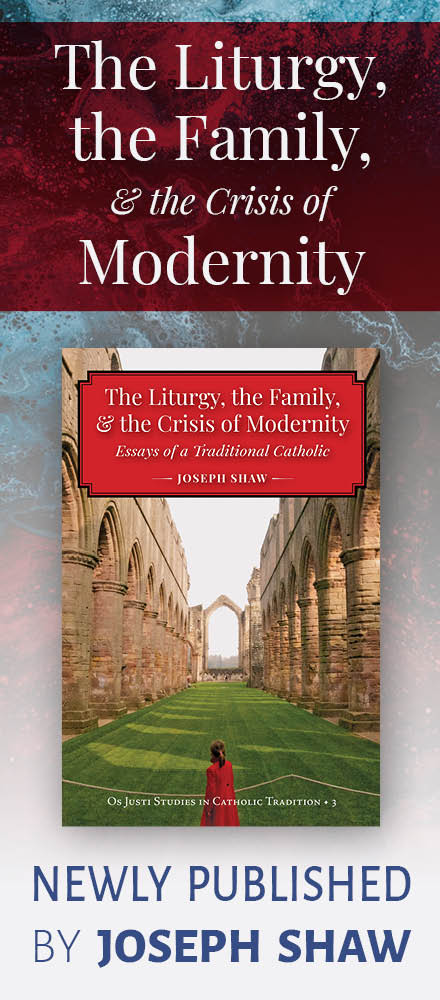Top Vatican Official Calls for Latin Mass every week
Cardinal Francis Arinze, one of the most popular and powerful Vatican officials to visit St. Louis since Pope John Paul II's 1999 visit, told more than 250 people at the Chase Park Plaza Saturday morning that Latin should be used more frequently in the Roman Catholic liturgy.
The Latin language now, he said "is in the ecclesiastical refrigerator ... Mass today should be in Latin from time to time."
Arinze, as the head of the Vatican's Congregation for Divine Worship and the Discipline of the Sacraments, is the Roman Catholic church's chief liturgist. He was the keynote speaker on the final day of the Gateway Liturgical Conference, sponsored by the St. Louis Archdiocese. Arinze, 74, had been scheduled to give the keynote address at the 2005 Gateway Liturgical Conference, but had to cancel his trip when John Paul died less than a week before the cardinal's address was scheduled.
Arinze, a native of Nigeria, was president of the Vatican's Council for Inter-Religious Dialogue for 17 years before being named to his present position four years ago. Partially because of the explosive growth of the Roman Catholic church in Africa and because of the his expertise on Islam, Arinze was frequently mentioned as a papabile — or likely next pope — in the immediate wake of John Paul's death.
In his address on Saturday, titled, "Language in the Latin Rite Liturgy: Latin and Vernacular," Arinze said the Roman church used Greek in its early years, but was "Latinized" in the fourth century. "The Roman rite has Latin as its official language," he said. The great religions of the world all "hold on" to their founding languages — Judaism to Hebrew and Aramaic, Islam to Arabic, Hindu to Sanskrit and Buddhism to Pali.
"Is it a small matter," he asked, for priests or bishops from around the world to be able to speak to each other in universal language of the church? Or for "a million students" who gather for World Youth Day every few years "to be able to say parts of the Mass in Latin?"
In an hourlong, often humorous, address that received several standing ovations, Arinze suggested that, in order to give Catholics options, large parishes offer the Mass in Latin at least once a week, and in smaller, rural parishes, at least once a month. (Homilies, he said, should always be in the faithful's native language.) Latin "suits a church that is universal. It has a stability modern languages don't have," he said.




















